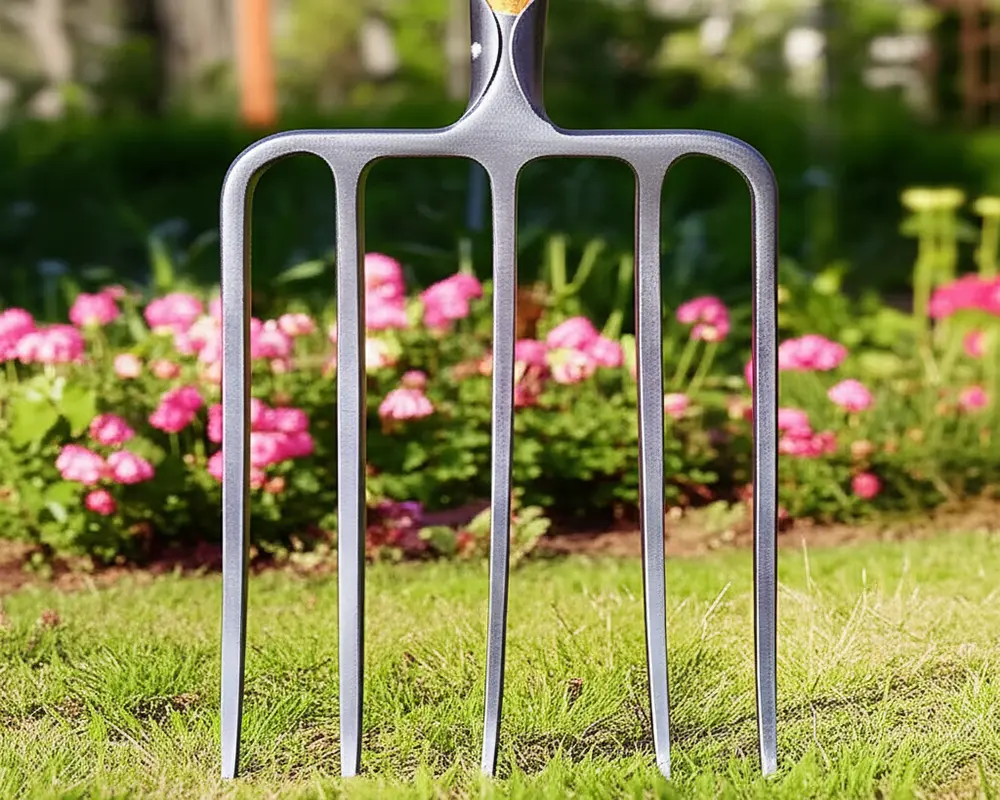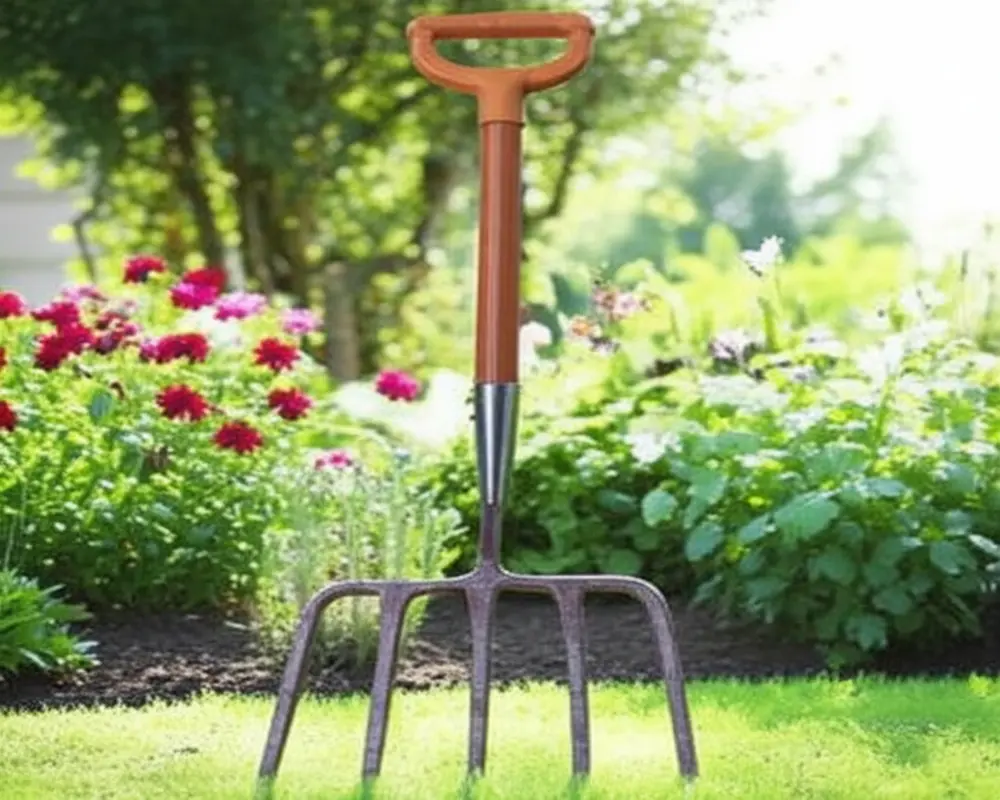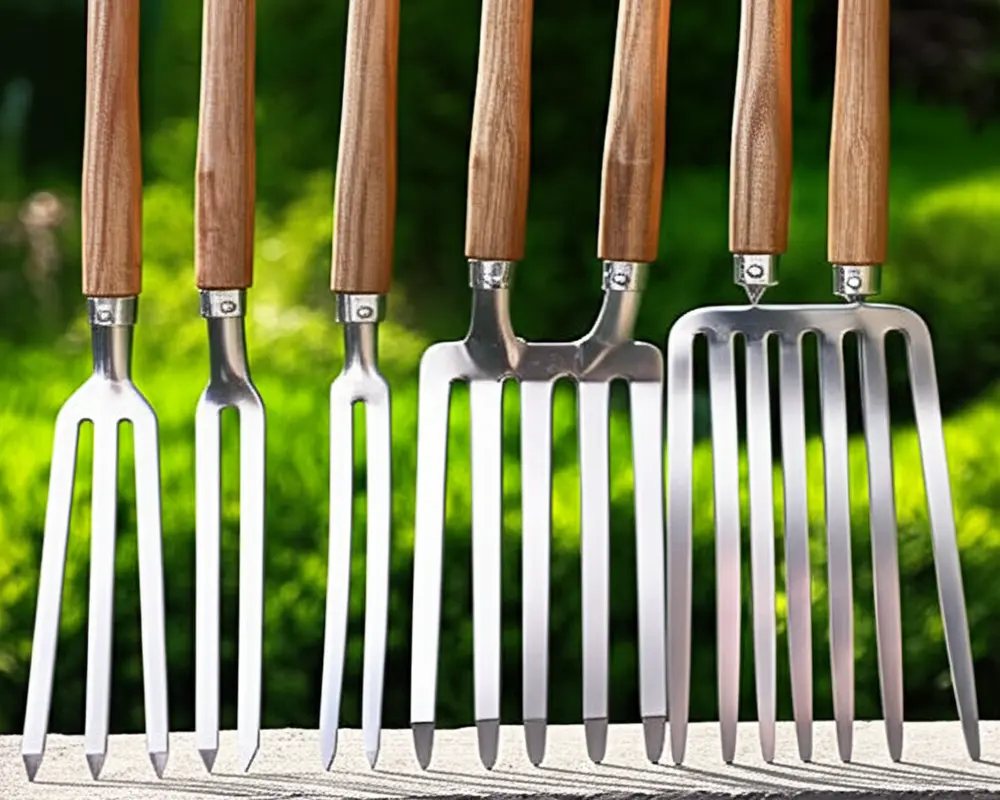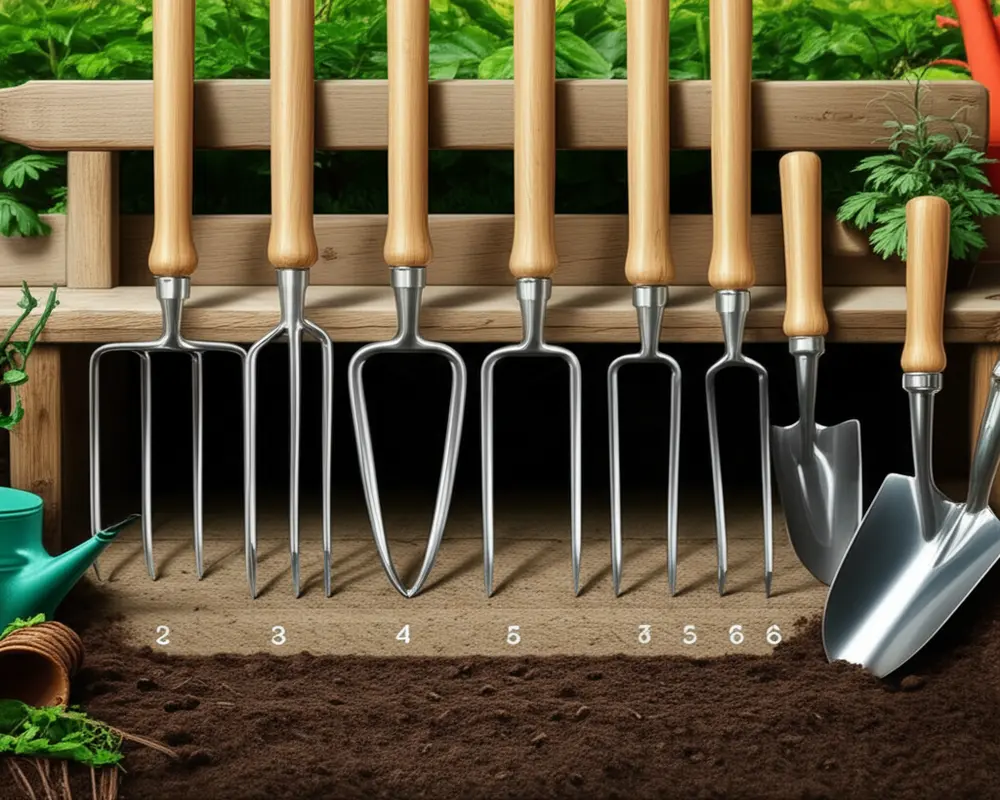Garden Fork Tine Count: A Complete Guide for 2025
Understanding the garden fork tine count is foundational to mastering gardening tools in 2025. The number of tines on a garden fork directly influences its functionality, affecting soil penetration, aeration, and the ease of handling diverse gardening tasks. A garden fork is not just a tool; it’s a gardener’s ally designed to break up soil, turn compost, and help cultivate your garden effectively. This guide unpacks typical tine counts, their distinct purposes, and how to select the right garden fork for your individual gardening needs.
Choosing the right garden fork means knowing how tine count correlates with your soil type, gardening chores, and ergonomic needs. This knowledge helps gardeners make informed decisions to optimize performance and durability. We will explore the common tine configurations, their specialized uses, and the maintenance essentials that keep your garden fork reliable season after season.
The Core Counts: Common Tine Configurations and What They Mean
A. 4-Tine Forks: Versatile Workhorses
Typically, the most common garden forks come equipped with four tines. These 4-tine forks stand out for their versatility and strength. Digging forks, also known as spading forks, feature robust, flat, or slightly curved tines designed to penetrate heavy or compacted soils easily. This strength makes them indispensable for tasks such as breaking up clay soil, turning over garden beds, or digging in tougher ground.
Another popular 4-tine variant is the border fork, which usually features shorter and narrower tines. This design is perfect for tight or confined spaces like flower borders where precise soil cultivation is needed without disturbance to surrounding plants.
The cultivating fork or broadfork variant, also often with four tines, is engineered for soil loosening and aeration. Its tines are spaced to allow turning without damaging soil structure.

B. 3-Tine Forks: Lighter Work & Specific Tasks
Less common but equally important are 3-tine garden forks. These forks usually have longer, curved, and widely spaced tines, making them ideal for lighter work or specific gardening tasks.
The 3-tine compost fork, for example, is tailored to turn and aerate compost heaps effectively. The wider spacing prevents compost material from clumping, allowing air to circulate freely and speeding up decomposition.
Aerating forks typically have three or four hollow or solid tines designed specifically to increase air flow through heavy or compacted soil without large-scale disruption.

C. Specialty Forks & Other Tine Counts
Beyond the standard 3- and 4-tine forks, specialization abounds in the gardening world. Potato forks typically have four or five blunt ball-tipped tines to safely lift root vegetables without damage.
The manure or silage fork usually boasts five or more long, wide tines designed for moving large amounts of lightweight material.
The broadfork can have as many as six or more tines, all robust and long, working for effective deep soil aeration and loosening.
Hand forks, smaller versions with two to three short tines, are indispensable for detailed cultivation, weeding, and turning soil in confined spaces.

Beyond Just the Count: Other Tine Characteristics
While tine count is a pivotal factor, other characteristics significantly impact fork performance. Tine spacing defines if the fork is suitable for heavy, dense soil or loose compost. Closer tines help rake finer soil, while widely spaced tines prevent clogging when turning organic materials.
Tine shape and length also determine the ease of penetration and the force required. Flat and slightly curved tines excel at digging through compacted soil, while round, straight tines are more suited for lifting or aerating tasks. Length affects leverage and soil reach, with longer tines delivering deeper penetration.
The materials of tines and handles contribute to durability and comfort. Forged steel tines provide strength and longevity, while stainless steel options resist rust and corrosion. Wooden or fiberglass handles balance sturdiness with reduced weight, complemented by ergonomic grips for user comfort during extended use.
Choosing the Right Fork: Match Tine Count to Needs
Matching the right garden fork to your soil type and gardening tasks is essential for efficiency. Heavy clay soils demand robust forks with strong, thick tines—typically 4-tine digging forks—that can break up compacted ground. Conversely, sandy or loose soil can be worked with lighter 3-tine forks or broadforks that gently aerate without disturbing soil structure excessively.
Consider the primary tasks your fork will support: digging, aerating, turning compost, managing borders, or harvesting crops. Ergonomics also play a critical role; longer handles offer better leverage but require space, while shorter handles afford maneuverability. Grip comfort and handle material influence fatigue during prolonged use.
Balancing budget against durability is another consideration. While quality forks come at a higher price due to superior materials and construction, they often offer a longer lifespan and better performance, making them a worthwhile investment.
For additional insights into garden tool ergonomics and related equipment, check out our detailed guides on ergonomic garden spades and best garden spades.
Maintenance Tips
Proper care is vital to extend the life of your garden fork. After use, clean the tines of any soil or debris to prevent rust and buildup. Sharpening tines occasionally maintains effectiveness, especially for digging forks dealing with compacted soil. Applying a light coat of oil helps prevent rust, while storing your fork in a dry place preserves its condition. Regular maintenance not only safeguards your tool but ensures a safe and efficient gardening experience.
Conclusion: Tine Count as Guiding Principle
The garden fork tine count is a fundamental aspect that shapes the tool’s usability and success in your garden. Knowing the differences between 3-, 4-, and specialty tine counts enables gardeners to select the most effective fork tailored to their soil conditions and gardening activities. Coupled with attention to tine design, material, and maintenance, choosing a garden fork becomes a precise and strategic decision that empowers your gardening efforts throughout 2025 and beyond.
Frequently Asked Questions
Can 4-tine digging forks be used for compost?
Yes, a 4-tine digging fork can turn compost, but the widely spaced tines of specialized compost forks make them more efficient for aeration and easy handling of organic materials without clumping.
What is the difference between a garden fork and a digging fork?
A digging fork is a type of garden fork constructed with stronger, flat, or slightly curved tines designed specifically for penetrating and breaking up heavy soil. Garden forks may also refer to lighter or specialized variants for different gardening purposes.
Do 2-tine garden forks exist?
Yes, but 2-tine forks are rare and usually hand tools used for precise cultivation and weed removal rather than heavy digging tasks.
How can I determine if the tine count fits my soil?
Consider your soil texture and compactness. Heavy clay soils benefit from 4-tine digging forks, while loose or sandy soils may be better suited for 3-tine or broadfork types. Trial and adaptation based on task difficulty also guide the choice.
Do pitchforks always have 3 tines?
No, pitchfork tine counts vary; however, the classic pitchfork often has three or more long, curved tines designed for lifting and moving loose materials such as hay or compost.
What is a broadfork? What is its typical tine count and use?
A broadfork is a garden tool designed for deep soil loosening and aeration without inverting the soil layers. It typically has 4 to 6 strong, long tines operated with two handles, ideal for preparing beds in no-till gardening.
For further expert advice on garden tools and maintenance, visit the Royal Horticultural Society and explore detailed guidance on garden fork uses.
To deepen your knowledge on how to use a digging fork properly for efficient gardening, refer to Fine Gardening’s guide.

